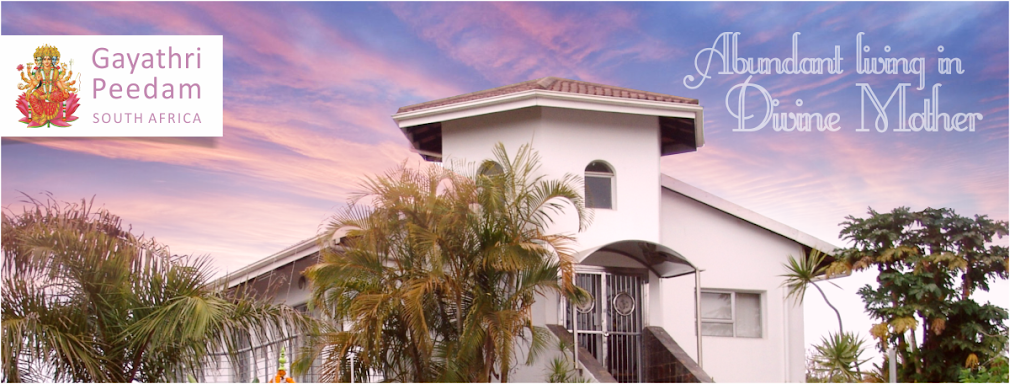Hinduism is steeped in ritual, much of which is not understood by practising Hindus. Every step of each ritual has a scientific purpose and logical reason. All of these has one ultimate purpose: that of attaining God-consciousness, though many have forgotten this. The following article is aimed not only at those of other beliefs who are curious about Hindu rituals, but its purpose is also to renew the forgotten understanding of both practising non-practising Hindus.
Deep in an ice cave overlooking Lake Manasoravar near Kailash, a Sivayogi was meditating. Bluish gleams from the ice flashed over his lean body, unclad but for an orange loin cloth Skilled in pranayama, his psychic nadis were generating heat to keep the body warm while outside the blinding whiteness of a Himalayan snowstorm was laying a silent blanket. Inside the yogi’s mind, in the cranial cave of the sahasrara chakra, a blue-white light and a low, resonant Aum tone were expanding infinitely. He was infinity, Satchitananda, but his quest was deeper and long of years of tapas and yoga had prepared him for his timeless moment. Melting, like the ice around him, the last glimmer of awareness, the yogi achieved the ultimate samadhi, Parasivam, the timeless, formless, spaceless Absolute. The yogi returned from the Absolute, a jnani, a knower of the Self. It was the pinnacle of Hindu magic, the soul’s realisation of Absolute God. Such is the future for all Hindus, indeed, for all mankind.
Thousands of miles to the south where India sinks into the sea, the inner sanctum of Rameshvaram Temple was glowing yellow-orange from the flames of the evening arati. In the mandapam facing the Lingam in the sanctum, throngs of devotees watched expectantly, their minds whirling with prayer, mantras, phrases of scripture or lyrics of song, the charged images of karmic problems, vivid memories of thought and deed. The air was spicy with clouds of incense, the aroma of marigold flowers, coconut oil and rice prashadam. The granite walls were slightly moist from condensation. Inside the sanctum, the power of Hindu magic was building. White milk cascaded down the cosmic black face of the Lingam, followed by amber honey dripping in tiny rivulets. The pilgrims could feel a cleansing, a purifying of their nervous systems and minds, as the holy unguents were applied. The brahmin priests, wrapped in gold, red, green and blue silks, bare-chested and with crystal malas prisming the arati flames, deftly rang small handbells, setting a quick rhythm for their chanting. They are the invokers, the callers, the inviters and servants of God and His many Forms.
The Sanskrit, ricocheted back and forth from Vedic command to Agamic imploring, echoed down the chambers of the temple. The same chanting appearing in the Devaloka as beautiful geometric shapes and luminous mists of colour, penetrated to the inner cosmos of God. The magic was in full force. God, devas, the temple sanctum and the expectant worshippers were all connected, interwoven with the power of the puja. With jets of blue-orange flame dancing out of the camphor, the final arati traced mystic patterns in front of the lingam. Conch shells, bull-sized bells and the rapid burst of drums rent the air.
At the crescendo of the arati, a tremendous shakti beam is channelled from God through the lingam to the devotees, fanning out from the temple to the countryside like the electromagnetic energy of a nuclear blast. In the pure God-power of that shakti, each individual worshipper is psychically benefited. Karma is softened, answers to problems are projected into the interior of the devotee’s mind and firelike feelings of emotional upheavals are cooled and wiped away. In instances where the devotees superconscious faith is locked laserlike into God, and where the karma is conducive, a divine healing of disease or deformity may occur. For the practicing yogi among the devotees, the puja shakti, resonates at the same frequency as his own kundalini shakti, condensed at the spine’s base. The resonation awakens the kundalini, propelling the yogi into and sustaining his contemplation of the Inner Being of God.
Puja is a science of Hindu magic, combining many interacting disciplines to achieve the same result: God Shakti. One of the most mystic properties of puja is that tens of thousands of temples scattered around Earth are simultaneously invoking God. Hundreds of thousands of pujas, affecting hundreds of millions of devotees, are held every day. God’s shakti, in some divinely mysterious way, splinters out to reach all at the height of all pujas.
